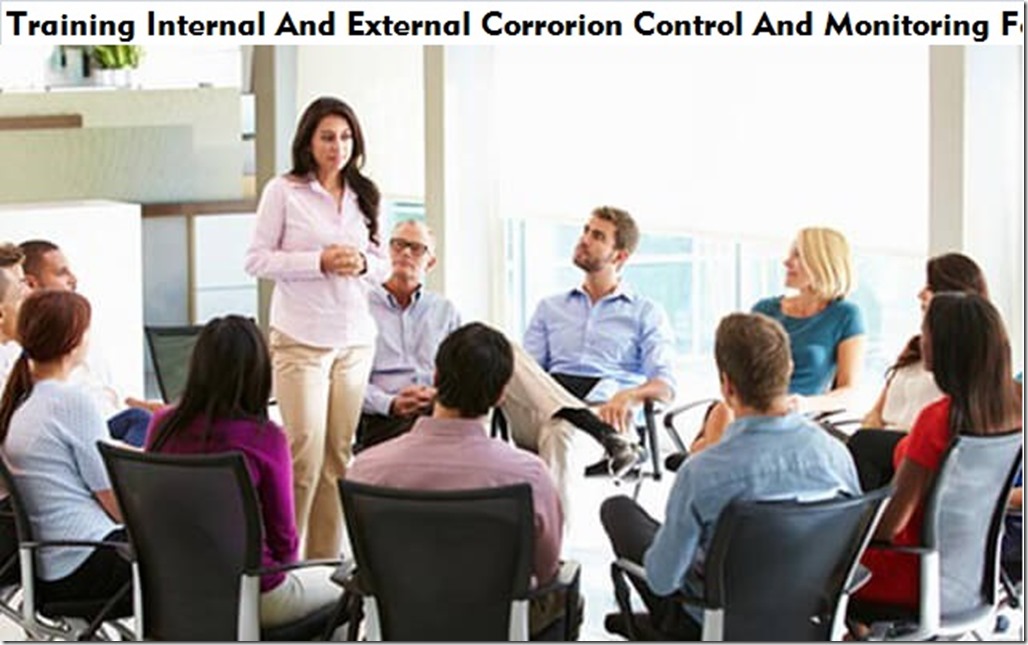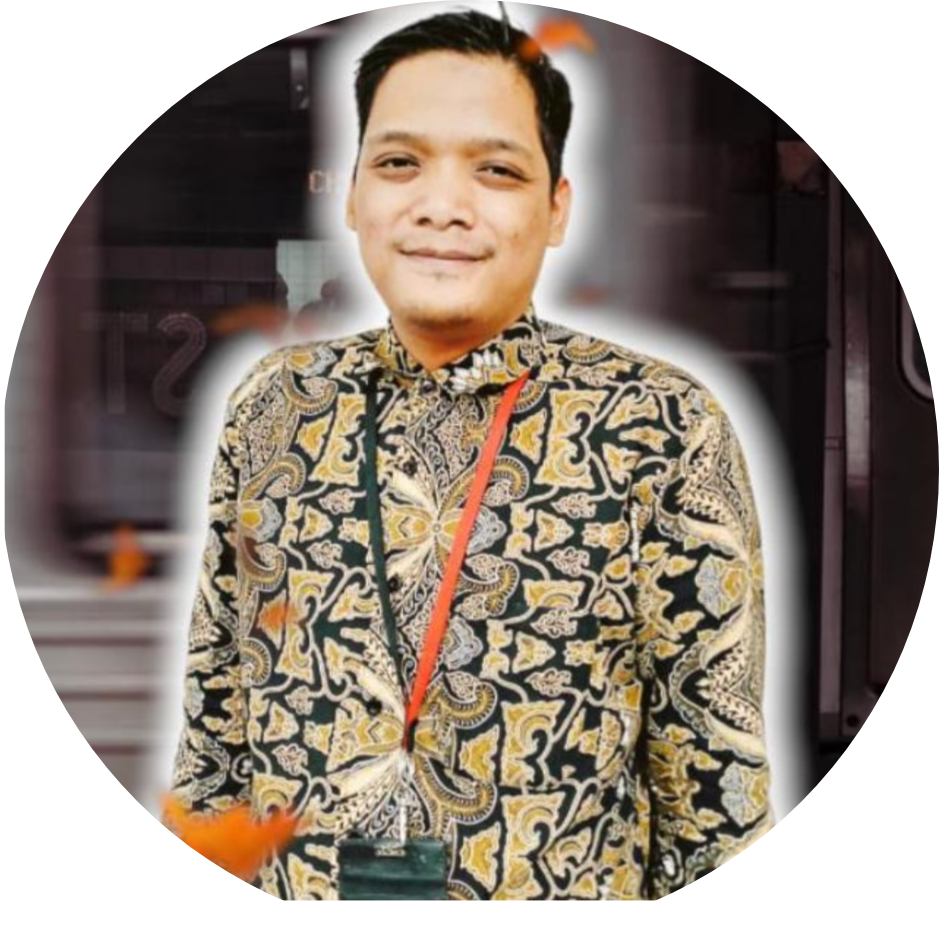
TRAINING INTERNAL AND EXTERNAL CORRORION CONTROL AND MONITORING FOR PIPELINE AND SURFACE FACILITY
TRAINING INTERNAL AND EXTERNAL CORRORION CONTROL AND MONITORING FOR PIPELINE AND SURFACE FACILITY
Training Kontrol Korosi Internal Dan Eksternal Dan Pemantauan Untuk Fasilitas Saluran Pipa Dan Permukaan
Training Metode Dan Bahan Digunakan Untuk Mengontrol Korosi Dari Larutan Amina Yang Kaya

INTRODUCTION :
This course focuses on corrosion – from either internal or external source – and its potential problem, and the protection methods to stop or control them. Review on corrosion and technique by which it can be identified, monitored and controlled will be given in detail. Active participation is encouraged through case studies and examples especially on the use of painting and coatings, transformer-rectifier of impressed current, magnesium, zinc and alum sacrificial anodes for external protection, and the injection of corrosion inhibitors and biocides for internal corrosion control.
PRE-REQUISITE :
NONE. No previous training in corrosion control is required. However, to gain the most from this course, a basic understanding of physics, chemistry and basic unit operations will be helpful.
TRAINING MATERIAL OUTLINE :
1. Review of oil & gas surface production facility and operations.
2. Review of metallic materials used in surface production facility and pipelines and the corrosion problem usually happen.
3. Case studies and examples of oil & gas material failure caused by corrosion from internal and external source.
4. Uniform, galvanic and localized corrosion failures.
5. Internal corrosion of pipeline, vessel and processing equipment caused by sour component, H2S, CO2, organic acid, brine, and the SRB (sulfate reducing bacteria).
6. External corrosion of underground, underwater and under-seawater pipeline and structure caused by impurities in soil and water environment.
7. External corrosion of topside structure caused by marine atmosphere.
8. Basic electrochemistry of corrosion process, Ohm’s law and the corrosion rate.
9. Corrosion control and prevention with painting & coatings and the cathodic protection.
10. Measurement of corrosion potential and corrosion current.
11. Protection with sacrificial anode and impressed current.
12. Understanding NACE Standard RP-01-69 to stop external corrosion attack.
13. Requirement, design and criteria of cathodic protection.
14. Sacrificial anode specification, installation and construction.
15. Testing, monitoring, and inspection of cathodic protection.
16. Inspection and maintenance of transformer-rectifier and sacrificial anode.
17. Field test, measurement techniques and instrument.
18. Data recording and evaluation of cathodic protection system.
19. Case studies of corrosion control and prevention with cathodic protection.
20. Internal corrosion problem in the pipeline and surface facility.
21. Oil/gas/water fluid properties and the corrosion tendency.
22. Deterioration by H2S, CO2, and acidic corrosive components.
23. Pipeline leakage and rupture by microbial induced corrosion.
24. Corrosion caused by SRB and the pitting mechanism.
25. Corrosion caused by oxygen penetration.
26. Examples and case studies of equipment corrosion damage and pipeline leakage.
27. Understanding NACE Standard RP-0775 for internal corrosion control and monitoring.
28. Practical internal corrosion monitoring methods.
29. Access fittings, corrosion coupon and corrosion probes.
30. Practical internal corrosion control and prevention methods.
31. Internal corrosion control with inhibitors and the selection of suitable corrosion inhibiting chemicals.
32. Dosage and injection methods of corrosion inhibitors.
33. SRB control with biocides and the selection of suitable and low risk biocide formula.
34. Dosage and injection methods of biocides.
35. Oxygen control by de-aeration and chemical injection, and the selection of suitable oxygen scavenger chemicals.
36. Dosage and injection methods of oxygen scavenger.
37. Safety in the use of chemicals for internal corrosion prevention.
38. Review of gas dehydration process and operations.
39. Internal corrosion problem in glycol contactor (dehydration) unit.
40. Method and materials use to control the corrosiveness of rich glycol solution.
41. Review of amine sweetening process and operations.
42. Internal corrosion problem in amine sweetening unit.
43. Method and materials use to control the corrosiveness of rich amine solution.
44. Examples and case studies of internal corrosion control
WHO SHOULD ATTEND THIS TRAINING?:
1. Anyone who needs to recognize corrosion and understand its devastating potential, especially as it relates to his or her area of responsibility, in oil and gas surface production facility and pipelines.
2. Anyone involved in combating and controlling corrosion from internal and external source.
3. Technicians and field operators and engineers of any discipline.
4. Onshore / offshore facility and pipeline cathodic protection inspectors.
5. Onshore / offshore structure painting and coating applicators and inspectors.
6. Amine sweetening, glycol dehydration and gas processing plant operators.
7. Beginners who interested in.
INSTRUKTUR TRAINING
Ir. Hilman Ahmad, DCE., an Independent Consultant in industrial oil and gas, member of the Society of Indonesian Petroleum Engineers, who manage the Industrial Oil & Gas Education Center for Professionals and has been practicing production operation & safety and corrosion control engineering in Indonesia for more than twenty-five years. He post-graduated from Tokyo Institute of technology (sponsored by UNESCO) in 1977. He joined in-field-practice program at Nippon Kokan Steel Company & Research Center Kawasaki, Japan for production facility design & construction and corrosion prevention & control in 1983, and collaborated with Cormon Industrial Research Center Brighton UK for on-line corrosion monitoring development in 2000.He has been delivering consultative course in production operation, maintenance & safety and corrosion control for personnel from Oil & Gas Company and Petrochemical Industry since 1979.
Lokasi, Biaya, dan Waktu pelatihan :
Yogyakarta, Hotel Dafam Seturan
Jakarta, Hotel Amaris La Codefin Kemang
Bandung, Hotel Grand Serela Setiabudhi
Bali, Hotel Ibis Kuta
Lombok, Hotel Jayakarta
Catatan : Waktu pelatihan Dua+1* hari dengan Biaya tersedia untuk Perorangan, Group, dan Inhouse Training, belum termasuk akomodasi/penginapan.
Investasi training :
Investasi pelatihan selama dua hari tersebut menyesuaikan dengan jumlah peserta (on call). *Please feel free to contact us.
Apabila perusahaan membutuhkan paket in house training, anggaran investasi pelatihan dapat menyesuaikan dengan anggaran perusahaan.
Fasilitas training :
Free Penjemputan dari bandara ke hotel*.
Modul / Handout.
Flashdisk*.
Certificate of attendance.
FREE Bag or bagpacker.
Training Kit (Photo Documentation, Blocknote, ATK, etc).
2x Coffe Break & 1 Lunch.
Souvenir .
(Untuk informasi lebih lanjut harap menghubungi marketing kembali di 0812-9679-4263 an. Aryo Nugroho)

